Green Ways to Heat Your Home in the Winter
7016309225 • February 17, 2025
Eco-Friendly Heating Solutions
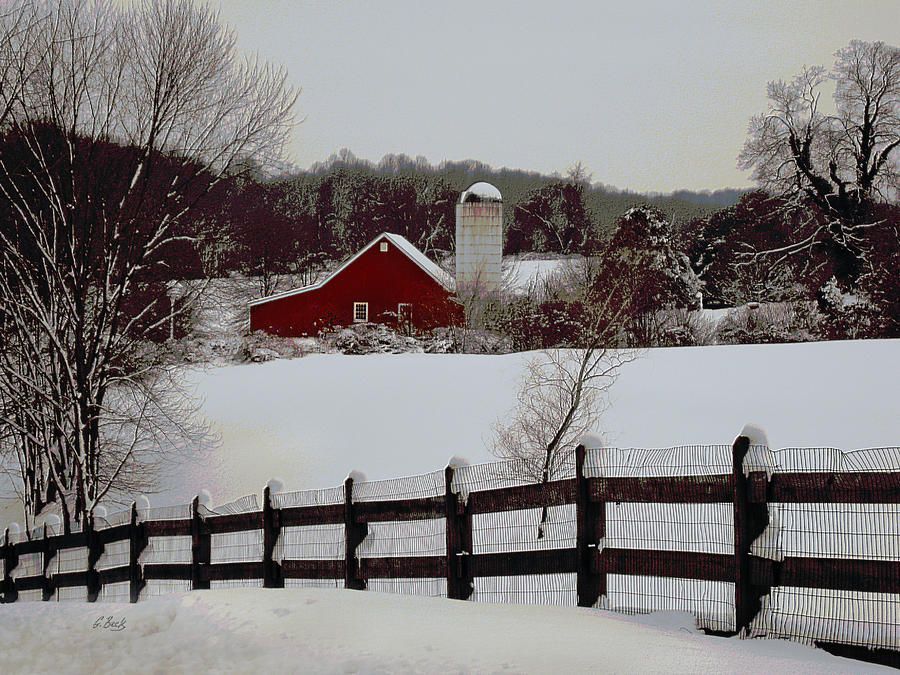
Green Ways to Heat Your Home in the Winter: Eco-Friendly Heating Solutions
As the temperature drops and the winter chill sets in, heating your home becomes a top priority. However, traditional heating methods like gas furnaces and electric space heaters can be energy-hungry, costly, and less environmentally friendly. If you’re looking for greener, more sustainable ways to keep your home warm this winter, you’re in luck—there are several eco-friendly heating options available that not only reduce your carbon footprint but also save you money in the long run.
Let’s explore some of the best green heating solutions that can help you stay cozy without harming the planet.
Heat Pumps: The Smart Choice for Efficient Heating
Heat pumps are one of the most efficient and eco-friendly ways to heat a home. Unlike conventional furnaces or electric heaters, heat pumps work by transferring heat from the air or ground into your home rather than generating heat through combustion or resistance.
How Heat Pumps Work:
• Air Source Heat Pumps (ASHPs): These extract heat from the outside air, even when it’s cold, and transfer it indoors. They are efficient in moderate climates and are gaining popularity in homes across many regions.
• Ground Source Heat Pumps (GSHPs), also known as geothermal heat pumps, extract heat from the earth’s constant temperature just below the surface. While they have higher upfront installation costs, they offer incredibly efficient heating, especially in colder climates.
Heat pumps are green because they run on electricity, and when powered by renewable energy sources like solar or wind, they can be incredibly low in carbon emissions. They’re also much more energy-efficient than traditional heating systems, requiring only a small amount of electricity to move heat, which saves on energy bills.
Solar Heating: Harnessing the Power of the Sun
Solar heating systems capture the sun's free energy to heat your home, making them one of the most sustainable and renewable heating options. There are two primary types of solar heating systems: active and passive.
Active Solar Heating:
Active systems use solar panels to collect and convert sunlight into heat. This heat can then be transferred to air or water that circulates through your home. Solar thermal collectors can be installed on your roof or in an open area that receives plenty of sunlight.
These systems can be paired with your existing heating system to supplement your home's heating needs. Depending on where you live and the level of sunlight your home receives, solar heating can be a great way to significantly reduce your reliance on fossil fuels.
Passive Solar Heating:
Passive solar heating works by strategically designing your home to naturally capture and store solar energy. This can include designing windows to face the sun, using materials that retain heat (like stone or concrete), and ensuring that your home’s layout maximizes the sun's warmth. While passive solar heating doesn’t require any additional equipment or energy input, it works best in homes that are carefully planned for solar energy optimization.
Wood and Pellet Stoves: Sustainable and Cozy
For those who love the comfort of a fireplace or stove, wood and pellet stoves offer a sustainable alternative to traditional heating systems. When used properly, wood and pellet stoves are an environmentally friendly way to heat your home, as they rely on a renewable resource—wood.
• Wood Stoves: Burning wood is carbon-neutral because trees absorb CO2 as they grow, and burning them releases the same amount of carbon into the atmosphere as the tree previously absorbed. However, to maintain sustainability, it’s important to burn wood responsibly—use sustainably sourced, dry wood to ensure minimal air pollution.
• Pellet Stoves: Pellet stoves burn compressed wood or biomass pellets, which are made from wood waste or other organic materials. They are more efficient than traditional wood stoves because the pellets burn at a higher temperature and produce less pollution. Pellet stoves can also be automated for easy use, and many models come with a thermostat for better temperature control.
Wood and pellet stoves can be a great green heating option for rural or off-grid homes, though they do require regular maintenance and an adequate wood supply.
Radiant Floor Heating: Efficient and Comfortable
Radiant floor heating is a more energy-efficient and comfortable way to heat your home compared to traditional methods. This system works by heating the floors of your home, which then radiate warmth upwards into the room.
Radiant heating can be powered by a variety of energy sources, including electricity, hot water (from a boiler), or even a solar-powered system. Water-based radiant heating systems (hydronic) are often considered the most energy-efficient option. With radiant floor heating, your space is heated from the ground up, creating an even and comfortable warmth without the need for air circulation or blowing heated air.
The green aspect of radiant floor heating depends largely on the energy source used to power the system. If you use renewable energy to heat your water or power the electric system, this can be an incredibly eco-friendly choice.
High-Efficiency Furnaces: Better Efficiency, Less Waste
While traditional gas furnaces are not the most sustainable option, newer, high-efficiency furnaces are significantly more eco-friendly. High-efficiency furnaces use advanced technology to extract more heat from the gas, resulting in lower energy consumption and fewer greenhouse gas emissions.
Look for Energy Star-rated gas furnaces, which are designed to meet strict efficiency standards. These furnaces typically have an Annual Fuel Utilization Efficiency (AFUE) rating of 90% or higher, meaning they convert at least 90% of the fuel into usable heat, with minimal energy waste.
If you live in an area where natural gas is the most affordable energy source, upgrading to a high-efficiency furnace can be a good way to reduce your carbon footprint without completely abandoning gas heating.
Insulation and Air Sealing: The First Step in Green Heating
Before you even think about the type of heating system to install, one of the most important steps in reducing your heating needs is ensuring that your home is well-insulated and properly sealed. Poor insulation and air leaks waste energy, forcing your heating system to work harder than necessary.
Consider upgrading your insulation in areas like the attic, walls, and floors, and seal any drafts around windows, doors, and pipes. A well-insulated home can significantly reduce the amount of heat required to keep it comfortable during the winter, making any heating system you choose more effective and eco-friendly.
Choose what works best for your home
When it comes to green heating solutions, there’s no one-size-fits-all answer. The best option for you will depend on factors like your climate, home size, and budget. However, regardless of which solution you choose, transitioning to a more eco-friendly heating system will not only help the planet but also lower your energy bills over time.
By considering heat pumps, solar heating, wood and pellet stoves, radiant floor heating, high-efficiency furnaces, and proper insulation, you can create a warmer, greener, and more sustainable home this winter—and for many winters to come.
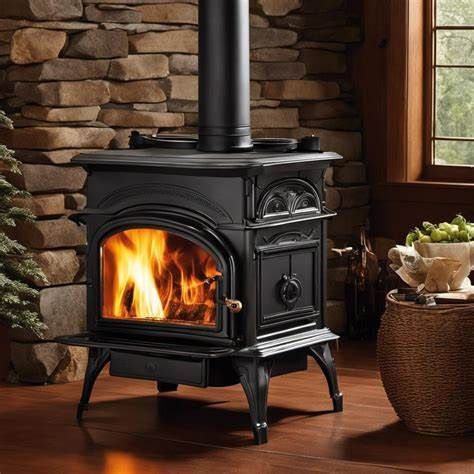

Thanksgiving today is a warm, cozy holiday filled with good food, family, and football. But imagine trying to pull off your Turkey Day traditions without electricity—no oven, no lights, no parade on TV, no fridge full of leftovers! Electricity plays a huge part in how we celebrate Thanksgiving now, and it’s easy to forget that it wasn’t always this way. Let’s take a little journey through history to see how far we’ve come—and how power has changed the way we celebrate the season. 🕯️ Before the Flip of a Switch: Thanksgiving in the 1800s When Abraham Lincoln declared Thanksgiving a national holiday in 1863, most homes relied on oil lamps, wood stoves, and hand-powered kitchen tools. Cooking a full Thanksgiving meal meant: Chopping wood for fuel Baking pies in cast iron ovens Storing perishables in iceboxes, not refrigerators Lighting the dinner table with candles or gas lanterns There were no electric carving knives, no slow cookers, and certainly no "smart ovens." ⚡ The Spark of Modern Comfort: Electricity Enters the Scene Electric power began lighting up American homes in the late 1800s, but it wasn’t until the 1920s–30s that electricity started becoming more common in middle-class homes—just in time to revolutionize the Thanksgiving experience. Electric ovens made cooking faster and more precise Refrigerators extended food storage Electric lighting meant more family and guests could gather late into the evening Radios and, later, televisions brought entertainment to the holiday table Fun Fact: The first Macy’s Thanksgiving Day Parade with a television broadcast aired in 1948—and it’s been a Thanksgiving staple ever since! 🦃 Thanksgiving in the Age of Smart Homes Fast forward to today, and we’re cooking turkeys with Wi-Fi ovens, setting timers with smart speakers, and managing the entire meal with a phone app. Modern Thanksgiving might include: Programmable smart thermostats to keep guests comfortable LED holiday lights that save energy and reduce fire risk Backup generators ensuring nothing interrupts the big meal EV chargers for guests arriving in electric vehicles Watching the game in 4K while the robot vacuum cleans up crumbs 💡 We’re Thankful for Progress—and for You We’re grateful for the modern power that keeps our homes safe, warm, and full of life—especially around the holidays. And we’re even more thankful for the customers and community who trust us to keep that power flowing year-round. Whether you're upgrading your kitchen, installing smart devices, or making sure your panel is ready for holiday guests, we’re here to help. Contact us for a pre-holiday electrical inspection or service—so your Thanksgiving can be powered by peace of mind. Wishing you a bright, warm, and happy Thanksgiving from all of us at KrisLee Electric! 🦃
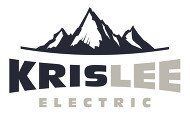

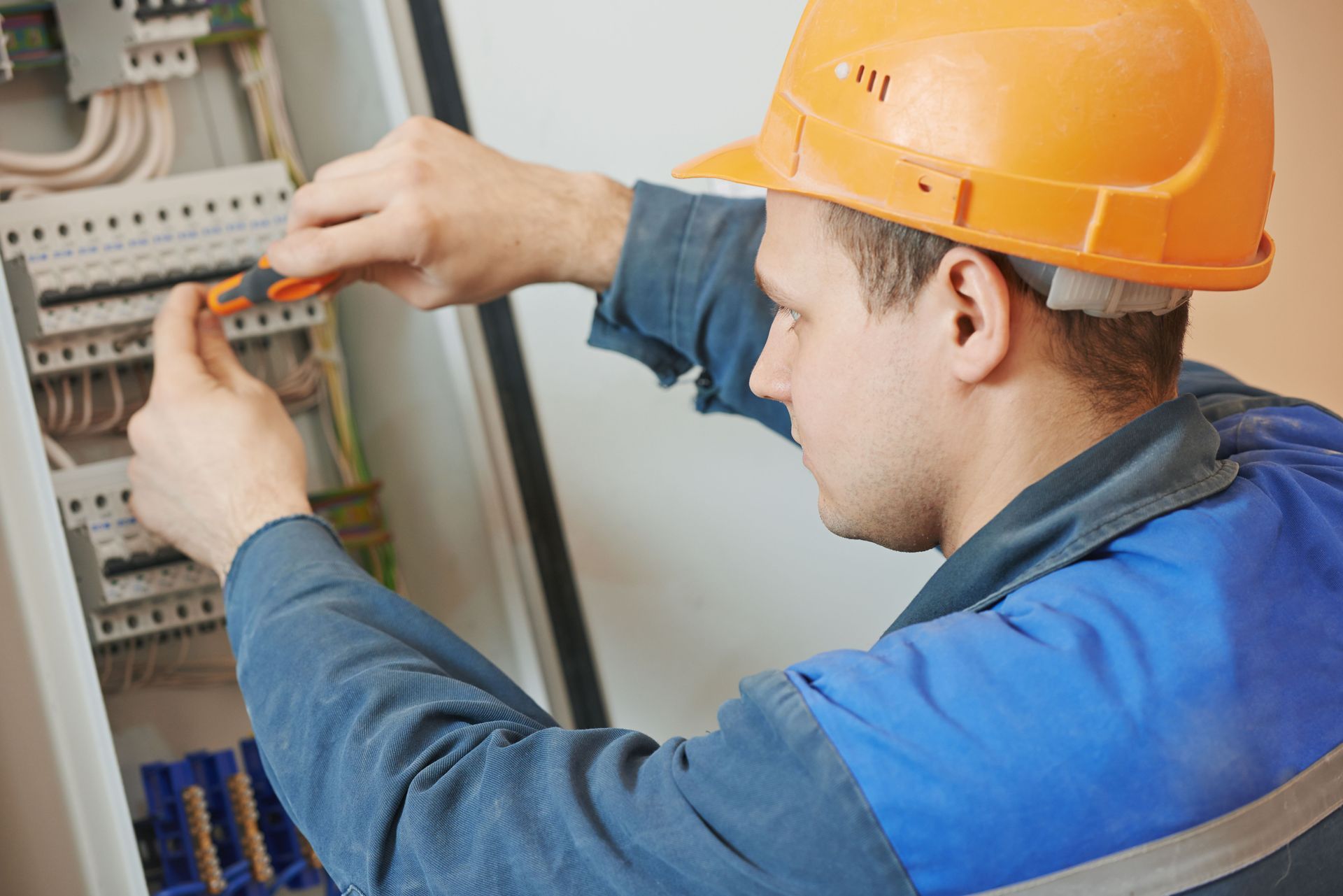
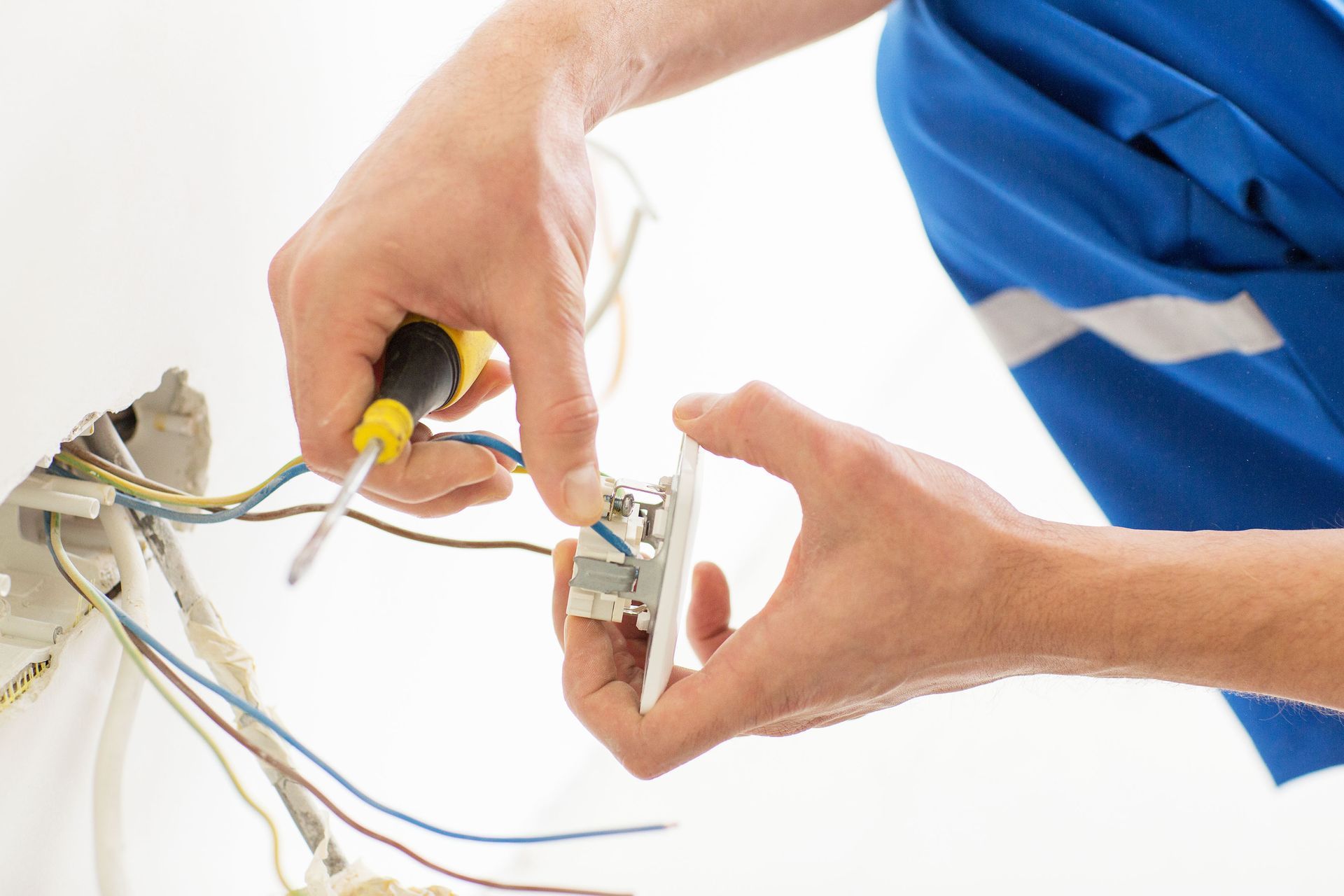
Share On: